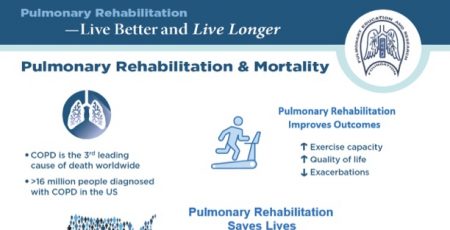
14 Aug 4,400 Steps Daily Tied to Lower Mortality Among Older Women
This headline quickly became viral. Unlike some less conclusive research, this was published in JAMA, one of the worlds’ most highly respected Medical journals. It studied nearly 17,000 women in the US-based Women’s Health Study.
Many readers have been pleased to learn they don’t have to figure out some way to squeeze 10,000 steps into an already busy schedule. 4,400 is much more doable. Women in the study who were physically active to at least this level had less likelihood of dying over almost 5 years of follow-up. Those only doing 2,700 steps per day were more likely to die. Others will be delighted to learn that benefit leveled off at 7,500 steps.
Does this research apply if you are over the over the age of 72? Yes. 72 was the average age of participants which ranged all the way up to 101!
If you are a man, you may be wondering if these 4,400 steps also apply to you. Probably. Although men were not included in this study, other studies support the idea that greater physical activity is associated with increased survival regardless of whether you are a man or a woman.
What if you get short of breath walking from the car to the front door? What are you supposed to do when even only 4,400 steps seems impossible to you? That is what we want to discuss today. An exercise program may be able to help.
RCTC, the non-profit Rehabilitation Clinical Trials Center, is located on the grounds of Harbor-UCLA Medical Center on Torrance, CA. It is internationally known for research on respiratory and other conditions leading to decreased physical activity and shortness of breath. What better place to find the answers to these questions.
We asked Harry Rossiter, PhD, a scientist at RCTC about the research evidence showing we needed to walk 10,000 steps a day to stay healthy. He grinned broadly. He said the number of steps was probably dreamed up by a company selling pedometers, and the evidence was weak for the ‘magic number’ of 10,000 steps. How right he was! Harry, as everyone including patients calls him, pointed out that the health benefits that we get from being physically active occur when the activity is translated into increased physical fitness, such as strength or endurance. The goal of activity is therefore to increase fitness… not just do more steps in a day.
It has long been known that exercise training to increase physical fitness was the most important thing that could be done to improve the well-being of anyone with COPD. In fact, it is becoming more and more evident that increased fitness is of value in most other chronic conditions, including heart, lung or kidney disease.
Anyone working in pulmonary rehabilitation programs has seen the remarkable improvement seen in their patients during rehabilitation. Much of the evidence for these benefits was originally provided by researchers at RCTC. Currently Harry and his colleagues are working hard to understand how pulmonary rehabilitation leads to fewer pulmonary infections and reduced number of doctor or hospital visits in these patients.
You will learn more about this in a future blog. For now, if interested, just read the research already done, after you finish your 4,400 steps of the day.
READ THE FULL ARTICLE:
4400 Steps Daily Tied to Lower Mortality Among Older Women
By Amy Orciari Herman
Edited by Susan Sadoughi, MD
Walking at least 4400 steps daily might help improve survival in older women, a JAMA Internal Medicine study suggests — welcome news for people who don’t hit the much-promoted goal of 10,000 steps daily.





No Comments